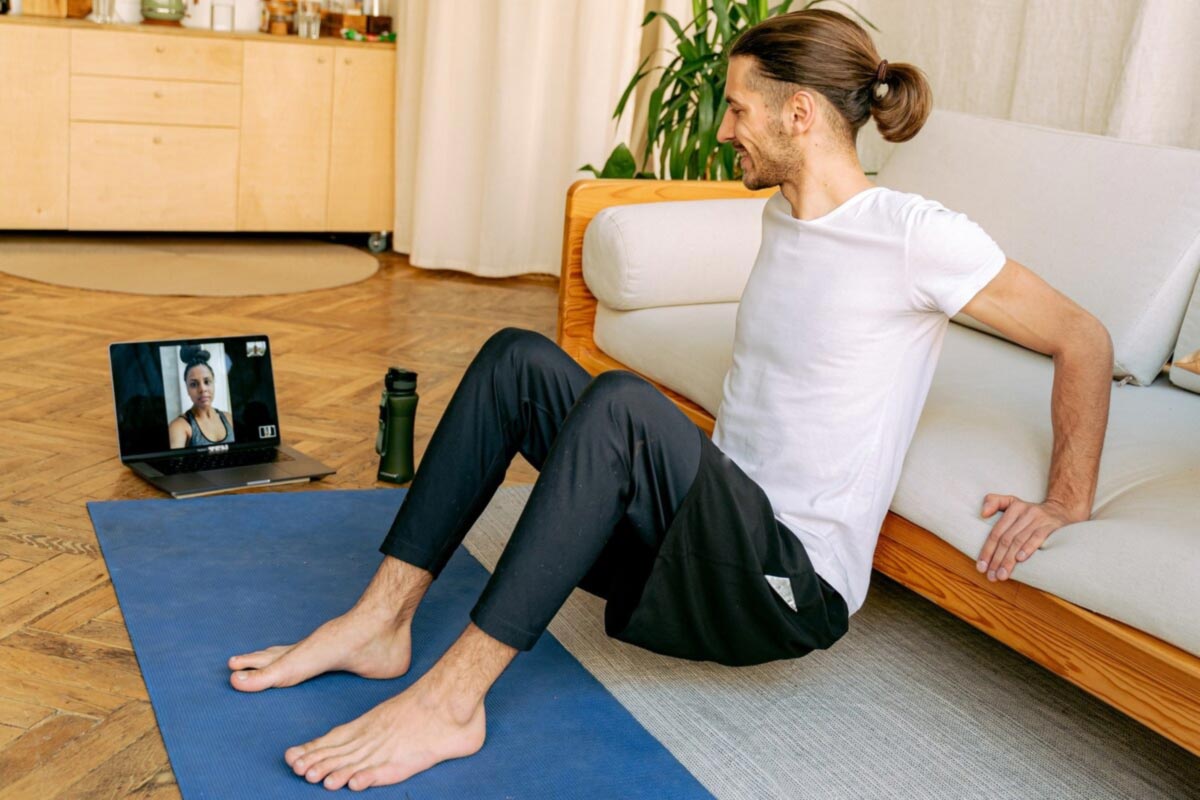Moving with the times: adapting to a remote working culture
It’s no secret that the pandemic has changed life for us dramatically, one of the most noticeable being our working arrangements. According to a report published by the Australian Government Productivity Commission, pre-pandemic only about 8% of people regularly worked from home some of the time, making up about 2% of total hours worked. But even after lockdowns eased and returning to the office full-time was a possibility, the number of people working from home remained at just under 40%.
For many corporate businesses, the idea of allowing their entire workforce to work from home was an experiment they weren’t willing to test for fear of a decline in employee productivity. But the pandemic forced that hand, and proved that employees in fact were happier and equally productive with some time spent working from home as it gave them better work life balance.
When it comes to physical fitness, people seem to have more time and control over their day to improve their sleep, make time for exercise and cook nutritious food.
However, on the flip side, for some – excessive working from home can worsen physical and mental health due to decreased incidental exercise, increased isolation, and the elimination of the boundaries between home and work life according to the report.
Some of the findings were:
- Evidence shows that working from home reduces physical activity levels. For example, the average public transport commuter misses out on 21 minutes of incidental exercise for each day that they work from home.
- But evidence also shows that those working from home are not more likely to experience loneliness or mental ill-health.
- For some, working from home improves their work–life balance, whereas others can find it difficult to switch off and maintain work–life balance when working from home.
So what can fitness and leisure businesses do to better accommodate the changed work-force, and target those who are being negatively affected by working from home arrangements?
Offer a variety with class times
With the typical 9-5 working schedule a thing of the past, people now have more flexibility to attend group fitness classes at times that suit them better. To accommodate this, survey your existing customer base to do a sense-check of what class times will be most popular for them, so you can schedule classes to meet their needs.
Run a campaign targeting remote working employees
With a decline in incidental physical activity, it’s now more important than ever for people to actively make time for exercise in their day. This is an audience in need that you should be marketing to, so put together a marketing plan with clear, targeted messaging for them. Leverage digital marketing strategies to target these people, such as social media ads and Google ads, as well as more traditional methods. One great example is to work with other local businesses, like cafes where people may work from, to cross-refer each other.
Educate your audience on the importance of physical health
Using content marketing to educate your audience will be your secret weapon. They may be at the stage where trying to incorporate physical activity into their day-to-day remote working routine may not be high on their priority list. So working through the beginning stages of their customer journey by educating them on the need for a regular routine and creating that desire to take action will be paramount.
Use your social media channels to post educational content, your website to post blogs that you can share via email and via socials to your audience, and work with local businesses to spread the message.
Understanding the current work climate and how your business can best adapt to meet the needs of a new target market will be key to your success for the years to come!


Leave A Comment
You must be logged in to post a comment.